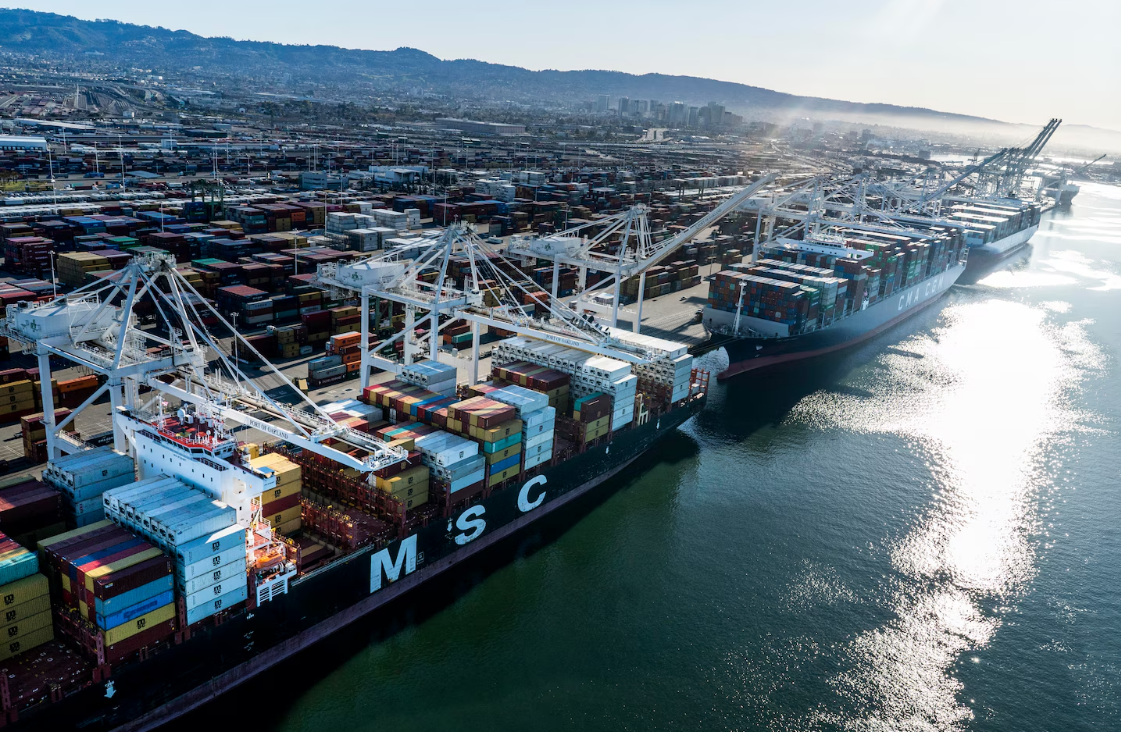China’s Provocation Against the Philippines Coast Guard
Earlier this month, in a provoking incident, the Chinese Coast Guard fired water cannons against vessels of the Philippine Coast Guard (PCG) and obstructed their path within the contested South China Sea (SCS). The PCG vessels were reportedly transporting supplies for Filipino soldiers stationed on the Second Thomas Shoal in the Spratly Islands. The unilateral provocations initiated by the Chinese faction have, once again, heightened tensions between the two countries. This confrontation near the disputed Spratly Islands marks the latest escalation in an enduring territorial conflict within the South China Sea, embroiling China, the Philippines, Vietnam, Malaysia, Taiwan, and Brunei. Notably, China’s coastguard deployed water cannons against a Philippine supply crew for the first time in November 2021. China remains in non-compliance with the ruling delivered by the international arbitration court in July 2016, that its claim to almost the entire South China Sea is “ill-founded”. Beijing’s recent provocation may inadvertently drag the two countries into a violent conflict and spread tensions across the region.
Branding the Chinese Coast Guard’s actions “excessive” and “dangerous”, the Philippines summoned Beijing’s envoy in Manila to lodge a formal protest. For its part, Beijing, which claims sovereignty over the submerged reef, known as Ayungin in the Philippines and Ren’ai in China, urged the Philippine military to remove the grounded ship from the area. The Philippine National Security Council said in a statement that “the Philippines will never abandon our post in Ayungin Shoal.” Whereas China retorted that the country will “continue to take necessary measures to safeguard its sovereignty.” The United States, European Union, France, Japan and Australia voiced support for the Philippines and concern over China’s actions. The US condemned Beijing’s “dangerous actions”, also blaming Chinese “maritime militia” for the incident. The official statement said, “Firing water cannons and employing unsafe blocking manoeuvres, PRC [China’s] ships interfered with the Philippines’ lawful exercise of high seas freedom of navigation and jeopardised the safety of the Philippine vessels and crew.”
China asserts its sovereignty claims over nearly all the South China Sea region, including the Second Thomas Shoal. Beijing claims a vaguely defined “nine-dash line” configuration that extends into the exclusive economic zones (EEZs) of neighboring countries in the SCS region, raising apprehensions about potential constraints on commerce due to China’s expanding influence. China’s expanding presence in the South China Sea traces back decades. In 1974, Beijing seized the Paracel Islands from Vietnam, and in 1995, it assumed control of Mischief Reef in the Spratly Islands from the Philippines. Nevertheless, in 2016, the international tribunal found that both China’s nine-dash line and its historical claims were rendered obsolete by the 1982 United Nations Convention on the Law of the Sea (UNCLOS). The Philippines is among China’s most vocal challengers in the dispute. In 1999, the Philippines placed a warship, BRP Sierra Madre, from World War II-era at the Second Thomas Shoal, as a strategic move to counter China’s encroachment in the disputed waters. The Second Thomas Shoal, situated a mere 37.8 kilometers to the east of the “Chinese-controlled” Mischief Reef, lies approximately 200 kilometers away from the Philippine island of Palawan and over 1,000 kilometers distant from China’s Hainan Island. The number of reported confrontations between China and the Philippines appears to be on the rise this year. In February, Manila claimed that the Chinese
coastguard directed a “military-grade laser” at another ship, causing “temporary blindness” to its crew in February.
Amid growing tensions, Philippine President Ferdinand Marcos Jr had claimed earlier this year that the main mission of its military changed to defending the country’s borders. In contrast to his predecessor Rodrigo Duterte’s policy, Marcos has sought to bolster defence ties with the US. In February, the Marcos Jr government gave the US access to four more military bases under the 2014 Enhanced Defense Cooperation Agreement (EDCA), which allows for joint training between the US and the Philippines, prepositioning of equipment and the building of facilities such as runways, fuel storage and military housing. The burgeoning ties between Manila and Washington has increased insecurities in Beijing and exacerbated its aggressive military activities in the disputed SCS region. Beijing has criticised the Philippines’ decision to bolster ties with the US as one “that could drag the Philippines into the abyss of geopolitical strife.” Experts believe that China’s plans to dominate the South China Sea is rooted in its desire to exert authority over a pivotal trade route. Such control over this maritime pathway would potentially give China with the ability to disrupt or pose threats to the transit of cargo shipments to and from East and Southeast Asian countries. Moreover, the SCS region could potentially have substantial reservoirs of oil and natural gas. If China were to gain control over this region, it could secure an unprecedented level of energy stability and self-sufficiency beyond its current level. In pursuit of this goal, Beijing has established a confrontational maritime strategy in the South China Sea region, which will further increase tensions with stakeholder countries.












